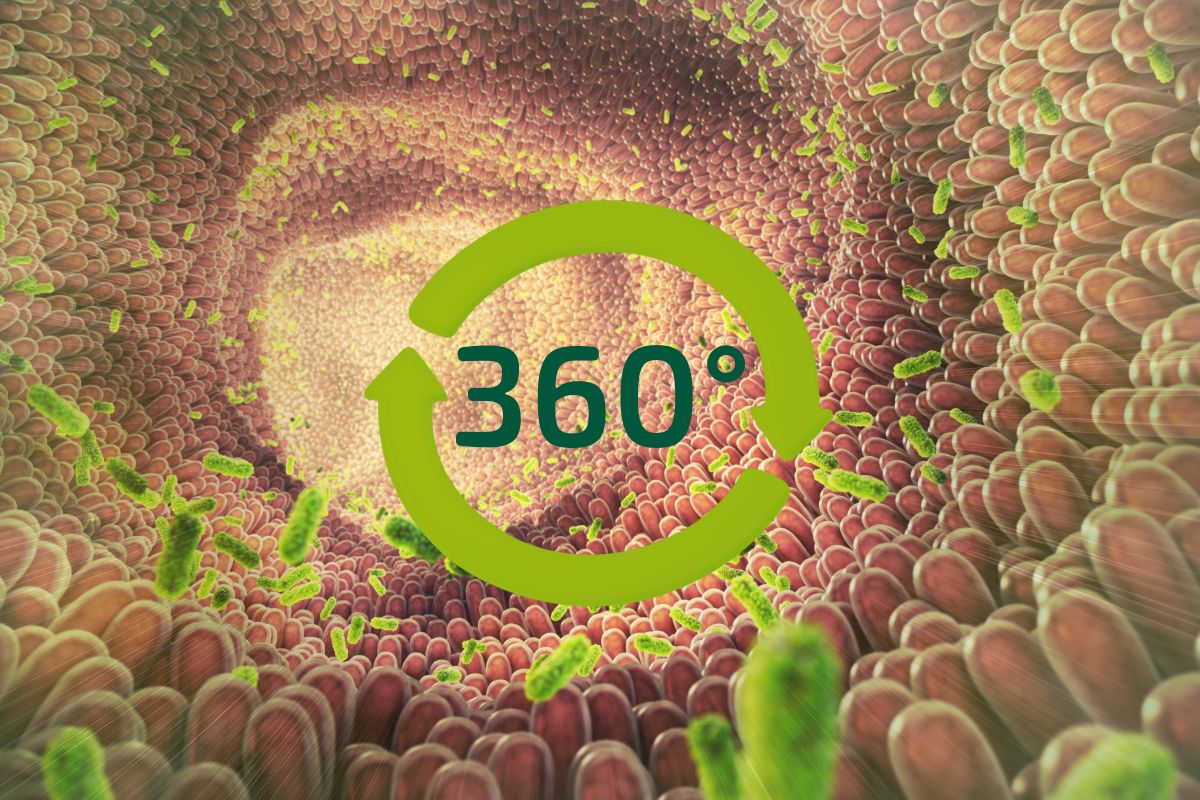Effective Control of Salmonella in Farmed Poultry
The high-quality yeast in Biochem prebiotics binds salmonella effectively. In combination with organic acids that improve feed and drinking quality and lower the pH value in the digestive tract, they fight salmonella in laying hens and broilers and reduce the pathogen pressure in the coop environment.
To ensure food safety, salmonella contamination of meat and eggs must be prevented. Salmonella also has far-reaching economic consequences for poultry meat and egg producers. Consequently, the measures for combating salmonella are varied. Weak points in production chains must be eliminated along with possible sources of entry and distribution channels. Hygiene measures play an important role in this effort. Prebiotics – like those produced by Biochem – can be used effectively to reduce the incidence of salmonella in laying hens and broilers. Combined with acid products that improve feed and water hygiene and support pH reduction in the stomach, prebiotics effectively help control salmonella.
High-quality yeast to combat salmonella
Biochem TechnoMos® prebiotic is a proven way to combat salmonella. It is produced in a special manufacturing process and is made entirely of cell walls of primary grown yeast – or baker's yeast. Thanks to its extremely small particles, TechnoMos® ensures a high salmonella binding capacity.
The proportion of beta-glucan and mannan oligosaccharides (MOS) in the yeast cell walls is of great importance for effectively combating salmonella. According to Birgit Keimer, Biochem Research & Development Team Leader, a particularly high MOS proportion is desirable. These indigestible carbohydrates can bind to the pathogen receptors and prevent adhesion to the intestinal wall. The inactivated bacteria are excreted in the feces.
MOS also serve as energy sources for bifidobacteria and lactobacilli. They promote healthy intestinal microbiota and optimum nutrient utilization. For these properties, analyses show clear advantages of primary grown yeast over brewer's or ethanol yeast.
The beta-glucans in the yeast cell walls also have a positive effect. They stimulate the immune system and support the endogenous defenses in laying hens and broilers. This high efficacy has been proven in in-vitro and in-vivo studies.
 Figure 1: TechnoMos Salmonella Control
Figure 1: TechnoMos Salmonella Control
Organic acids for better feed and water hygiene
A combination of different acids is recommended to effectively combat the risk of salmonella in food. Organic acids, such as VerSal Liquid in drinking water and B.I.O.Acid Ultra in feed, improve the interaction between feed and water hygiene. Since salmonella can enter the animal through both water and feed, acid-based treatment of these entry pathways can minimize salmonella pressure.
The organic acids also reduce the pH value in the stomach and support the antimicrobial barrier. This is important because salmonella proliferate more slowly at a low pH level. This state creates a pathogen-hostile environment. A low pH value also improves protein digestion. Thus, animal welfare is enhanced in two ways.











